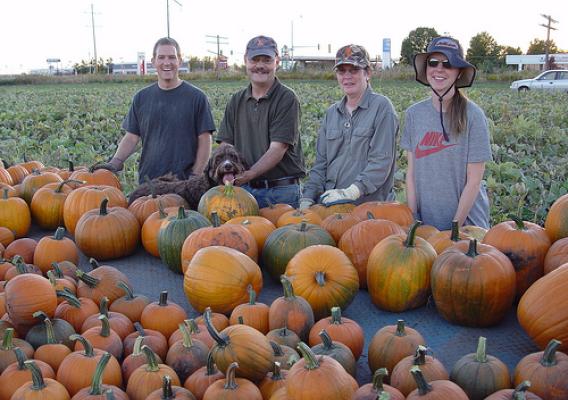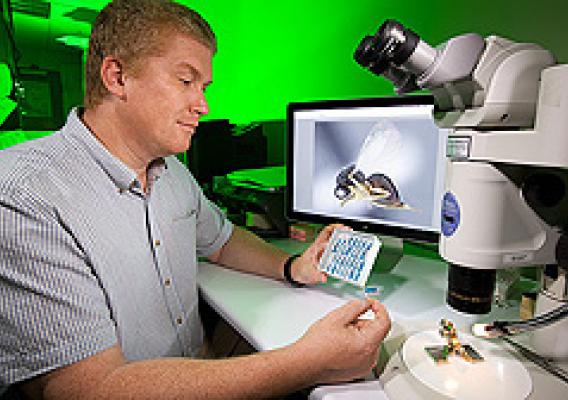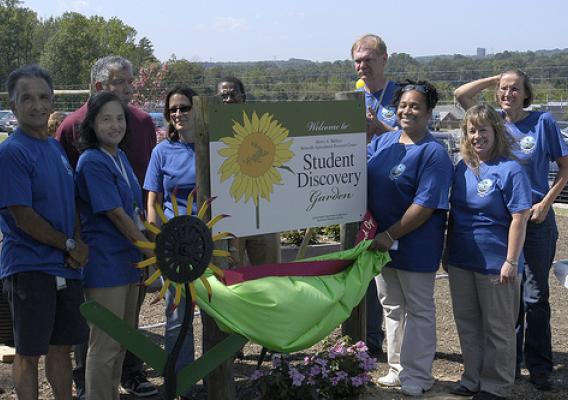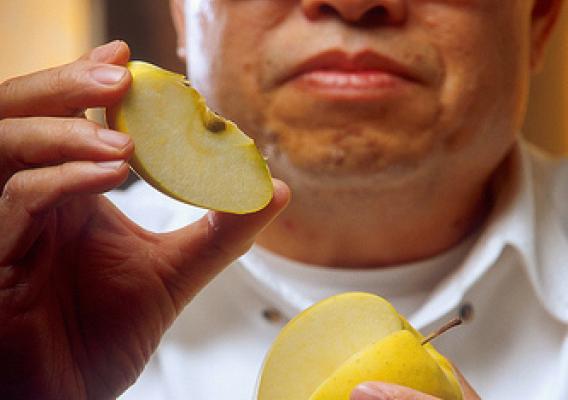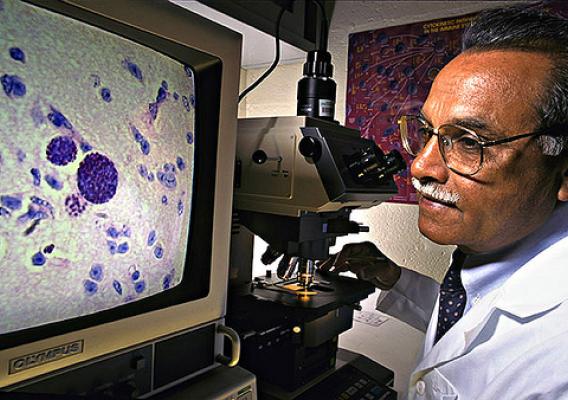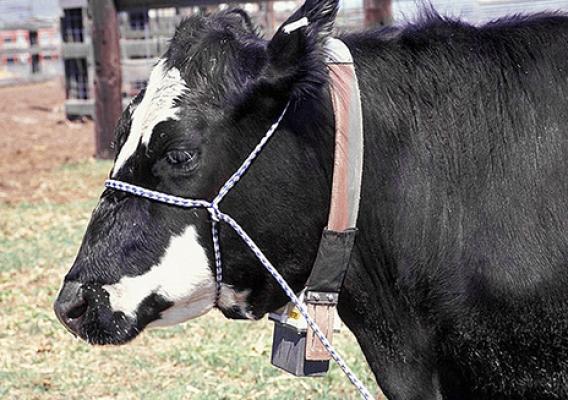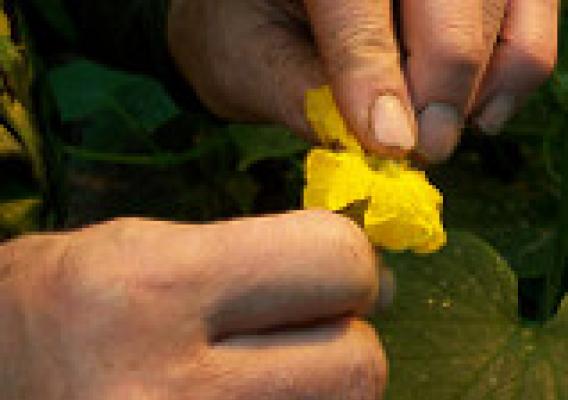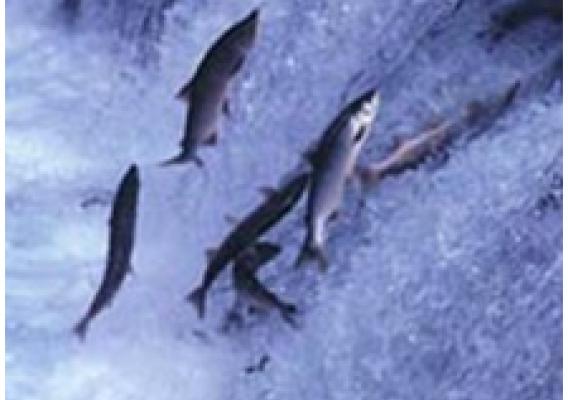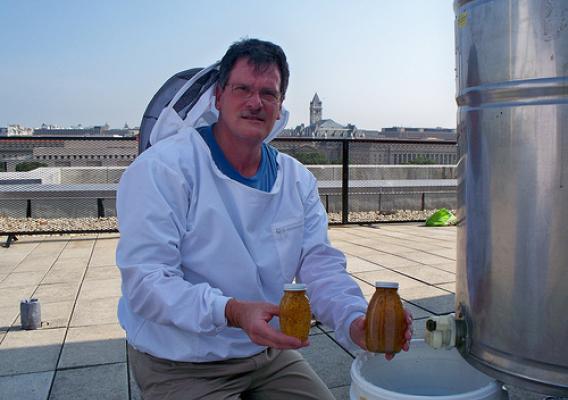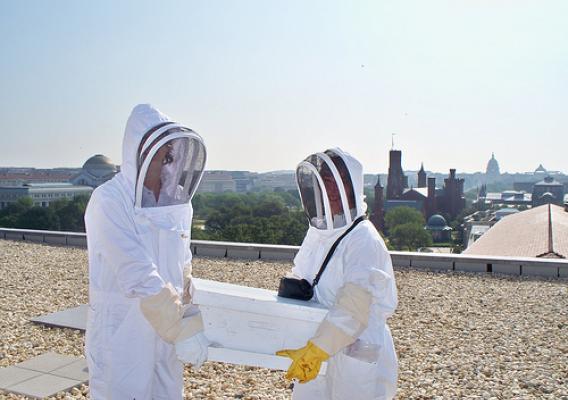They say that variety is the spice of life. Well, you can’t get much more variety than in the plant world. Genetic variation exists for many traits in all crops. For example, although most carrots on grocers’ shelves are orange, carrots can also be white, yellow, green, or purple. Most potatoes are susceptible to potato late blight, but some wild potato species are immune. Carrot color may be unrelated to where the carrots are grown, so a local grower can grow whatever color carrot people enjoy. Variation for disease resistance or tolerance to different soil types, however, does affect local adaptation.
Many local foods can be bred specifically to adapt to local conditions and preferences. Since local breeding takes manpower, the costs for these seeds can spill over to the customers. One solution is participatory plant breeding where breeders and farmers collaborate to contribute genetic variation; resources such as fields and labor; and expertise in breeding, crops, and farming.

